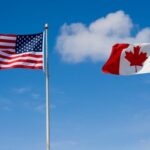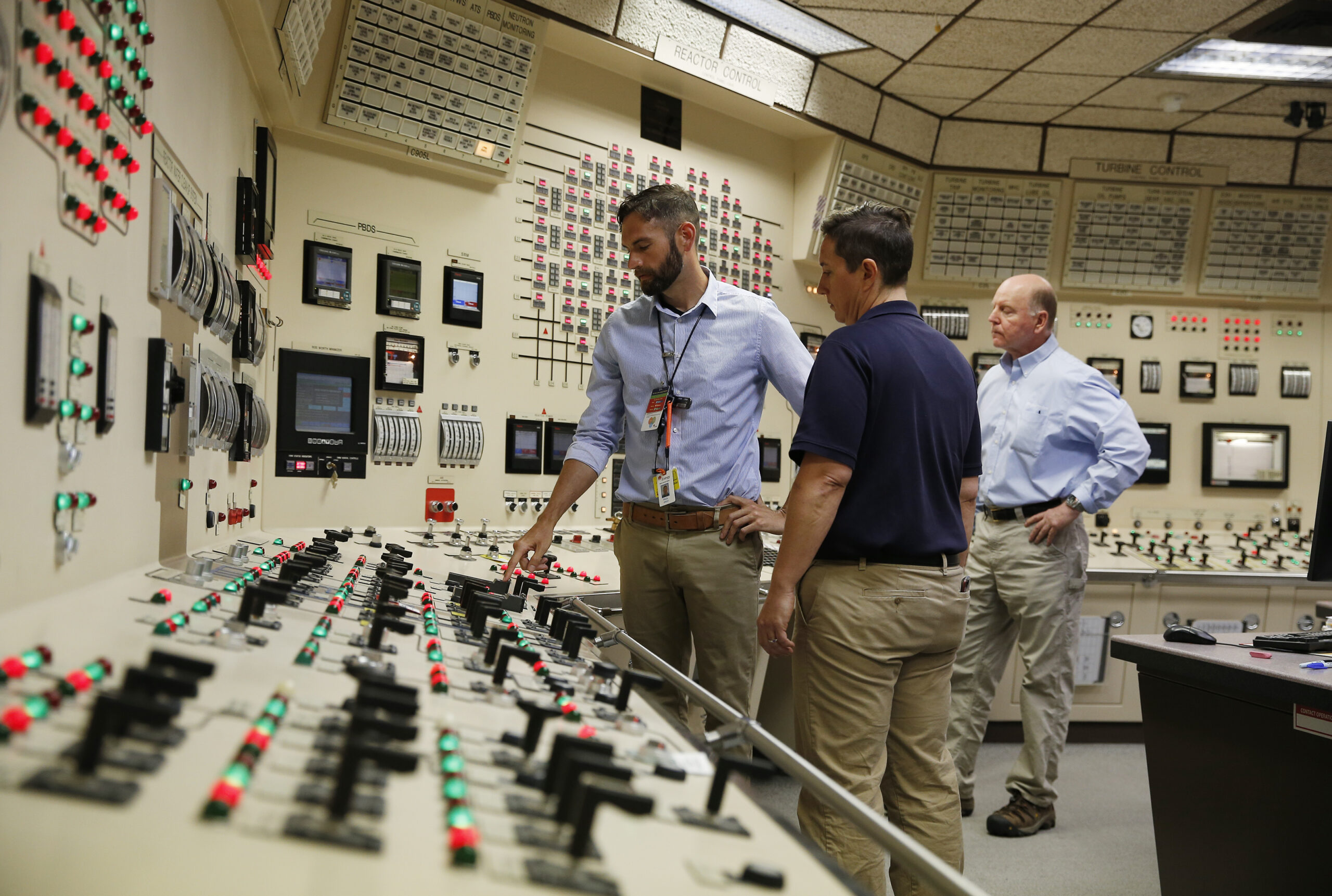
Immigrating to Canada As a Nuclear Engineer
Immigrating to Canada As a Nuclear Engineer
If you’ve ever thought about pursuing a career in nuclear engineering, here are some things you should know about Canada’s Licencing requirements. This article will cover the importance of a nuclear engineer’s licensing and Cameron’s role in the roadmap.
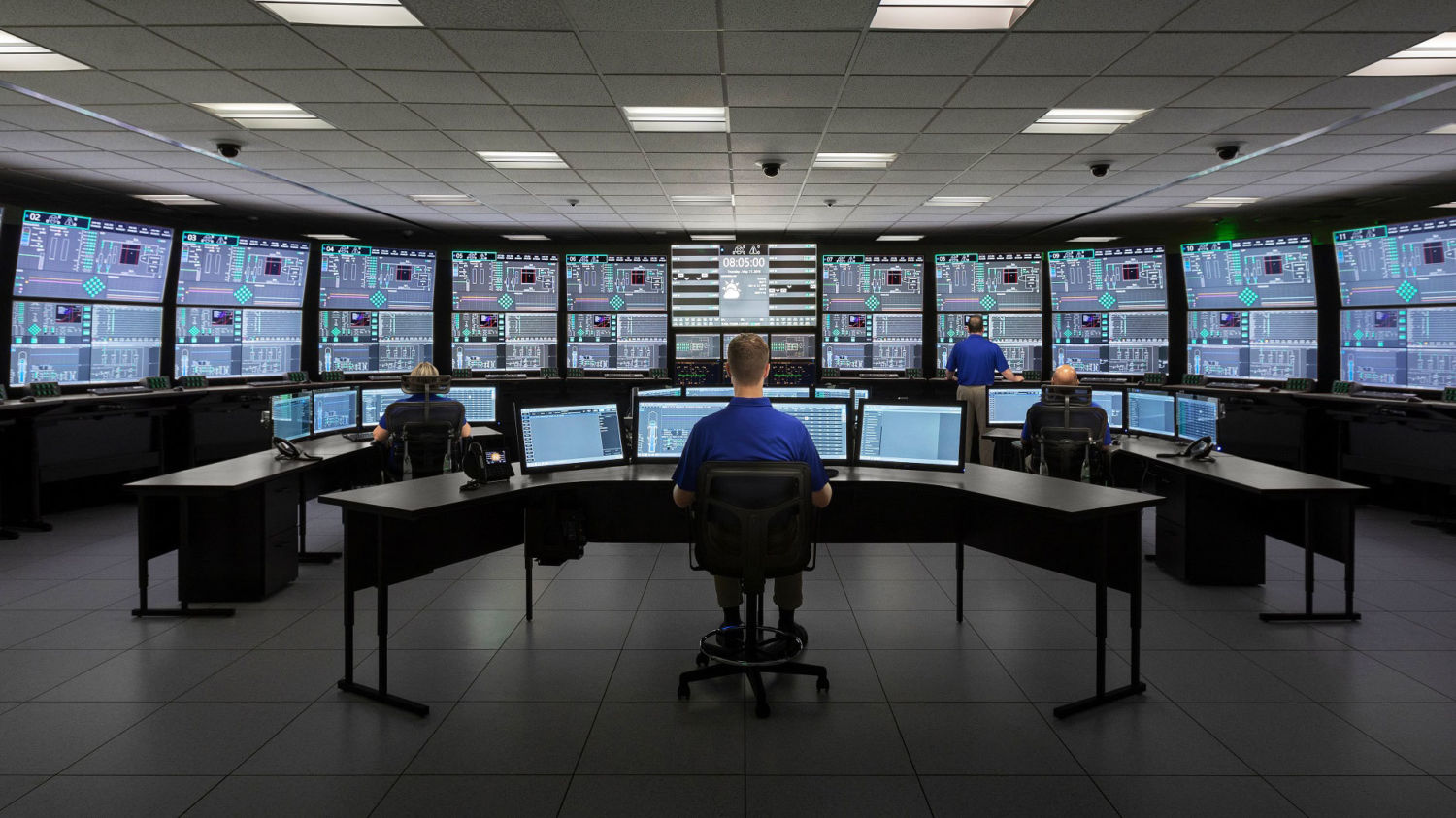
SLOWPOKE was a Canadian nuclear reactor
The SLOWPOKE was a Canadian nuclear power reactor that was designed and built by Atomic Energy of Canada Limited. It was based on the SLOWPOKE-1 prototype and operated for four years in Toronto, Ontario. Since its inception, seven SLOWPOKE reactors have been commissioned in six Canadian cities and one in Kingston, Jamaica. The reactors use 93% enriched uranium alloy as their fuel. They contain a beryllium annulus and bottom beryllium slabs to maintain criticality.
The reactor has been operated intermittently by faculty and students from the University of Saskatchewan. It has been used for teaching, student projects, and research purposes. In the late 1970s, the uranium industry in Saskatchewan was growing and the SRC was looking to build a new analytical laboratory. It also was promoting the SLOWPOKE to universities.
The SLOWPOKE design was modified and expanded to a larger version. The reactor had a nominal power level of 20 kW and could generate a thermal neutron flux of 10-12 cm-2 s-1. It was designed to be affordable and easy to operate for universities and research centers. This design provided a high degree of safety, and eight different institutions acquired SLOWPOKE reactors.
The SLOWPOKE was a Canadian nuclear power reactor that was designed by AECL. The SLOWPOKE-2 unit replaced the SLOWPOKE-1 unit in 1985. The reactor had five sample sites in the beryllium reflector and five outside the reflector. It went critical in September 1985.
The SLOWPOKE reactor is an example of a high-tech research reactor that can be operated under a variety of conditions. The power generated by the SLOWPOKE is around 20 kW, which is an excellent flux/power ratio. The reactor uses more fuel in its core, sits in a deeper pool, and incorporates heat exchangers to circulate the coolant. It is designed to run unattended for periods of time.
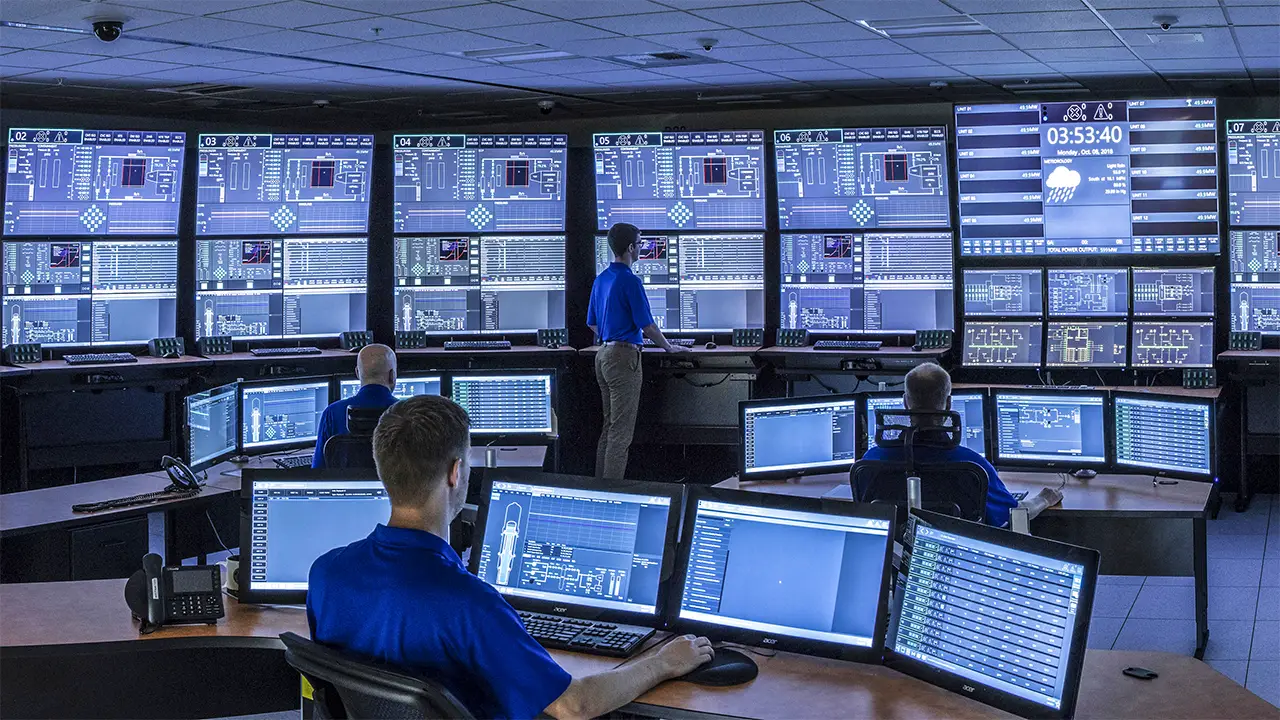
Also Read:- Immigrating to Canada As a Computer Hardware Engineer
SLOWPOKEs are still in use in Canada
Although the SLOWPOKEs are no longer in use, they are still in use in some countries, such as Canada. The SLOWPOKE-2 reactor is a type of low-energy reactor that is still in use in Canada. This type of reactor uses LEU to produce electricity and was first constructed in the late 1960s. It was designed by John W. Hilborn, a scientist associated with AECL.
While the SLOWPOKE-2 is not in active use in Canada, the reactor has been used to provide training and research for nuclear engineers. The reactor is located in Kingston, Ontario. It is part of the Royal Military College of Canada’s Sawyer Science and Engineering Building.
The SLOWPOKE-2 reactor is used for neutron activation analysis, academic research, and rapid response capabilities in nuclear emergencies. Its capabilities include neutron radiography and delayed neutron counting. Its design is a testament to Dr. Hilborn’s ability to innovate.
The SLOWPOKE was originally intended to provide hot water for hospitals, but now they are being used to produce medical radio-isotopes. The reactor was designed to operate unattended, with no on-site operating staff. The AECL was promoting it as a low-cost, reliable method of producing radio-isotopes for medical use. The SLOWPOKE reactor never met the licensing standards needed to operate safely.
A SLOWPOKE is a type of nuclear reactor that has been in use since 1985. Its design was considered a potential candidate for the PATROL. However, it has not been successful. In Canada, the reactor is in use as a research reactor. It is considered a nuclear engineer’s dream to design a reactor that is safe and efficient.
Cameron’s role in the roadmap
In 2013, a new immigration plan was announced to make Canada an even more attractive place for nuclear engineers. The plan is a major step towards a more global role for nuclear. Its introduction will raise Canada’s profile in the international community, and it will help normalize the topic of nuclear in the climate change conversation. Cameron played a key role in the development of the plan. The new nuclear director is expected to make an evidence-based case for the profession.
In recent years, the role of nuclear has emerged as a key component of the climate change mitigation agenda. As evidence of nuclear’s role in the fight against climate change grew, Cameron moved from the Foreign Affairs Department to the Nuclear Division. This role provided an opportunity to bring her expertise and contacts to the table and contributed to broader policy discussions
Licencing requirements in Canada for nuclear engineers
If you are a nuclear engineer looking to immigrate to Canada, you will need to undergo the licensing process. There are several ways to do this. You can start the process even before you arrive in Canada. For instance, you can enroll in an engineering program or join an industry association. This will allow you to build a network of fellow engineers. This can help you obtain an associate position and kick-start your career in Canada.
The Canadian government is aware of the demand for engineers and is actively seeking foreign talent. Many specialized engineering fields are growing in the country. There are four thousand open positions in Canada for engineers across 14 engineering fields. This means there is a high demand for engineering professionals, especially at the mid-level. Immigrants with engineering degrees can fill this gap.
The first step in this process is to fill out an application. This should be completed in the official language of the applicant. The application should be complete and include all supporting documents. Upon submission, the CNSC may ask for further information. Make sure the information you provide is accurate, complete, and dated.
In Canada, nuclear engineers must meet certain licensing requirements. The CNSC regulates nuclear facilities and issues licenses. It also issues licenses for the import and export of nuclear materials. This document outlines the administrative procedures, requirements, and regulations for the nuclear industry.
How to apply for permanent residence in Canada
If you are a nuclear engineer and wish to immigrate to Canada, there are several steps you can take to apply for permanent residence. The first step is to determine which program you would qualify for. For example, if you are a professional nuclear engineer, you could apply through the Federal Skilled Worker Program.
You may also choose to apply through a Provincial Nominee Program, which allows you to settle in a specific province. This program aims to attract highly skilled professionals who can contribute to the economic growth of the provinces. Each province has a different process, but the main criteria is the same. For example, the province of British Columbia holds draws every two weeks for individuals with a technology background. Alternatively, you could apply through the Canadian Experience Class (CEC) program if you already have experience in Canada as an engineer.
To become a nuclear engineer, you will need a bachelor’s degree in nuclear engineering. This program normally takes four years to complete. You must complete courses in math, science, and engineering principles. You will also need to pass security certifications. Upon graduation, you may consider pursuing a postgraduate course.
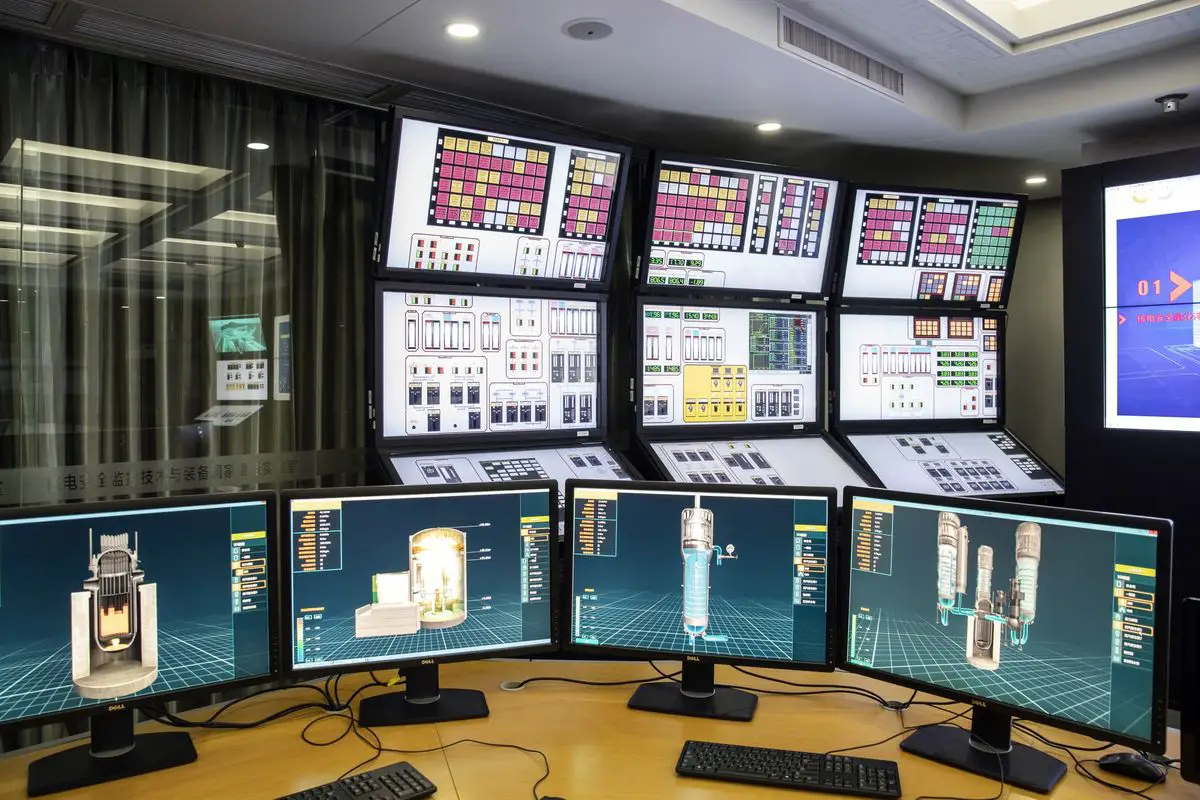
Also Read:-Immigrating to Canada As a Marine Engineer
CAREER PATHS, Changing Jobs, JOB HUNTING, Job Interview Tips


